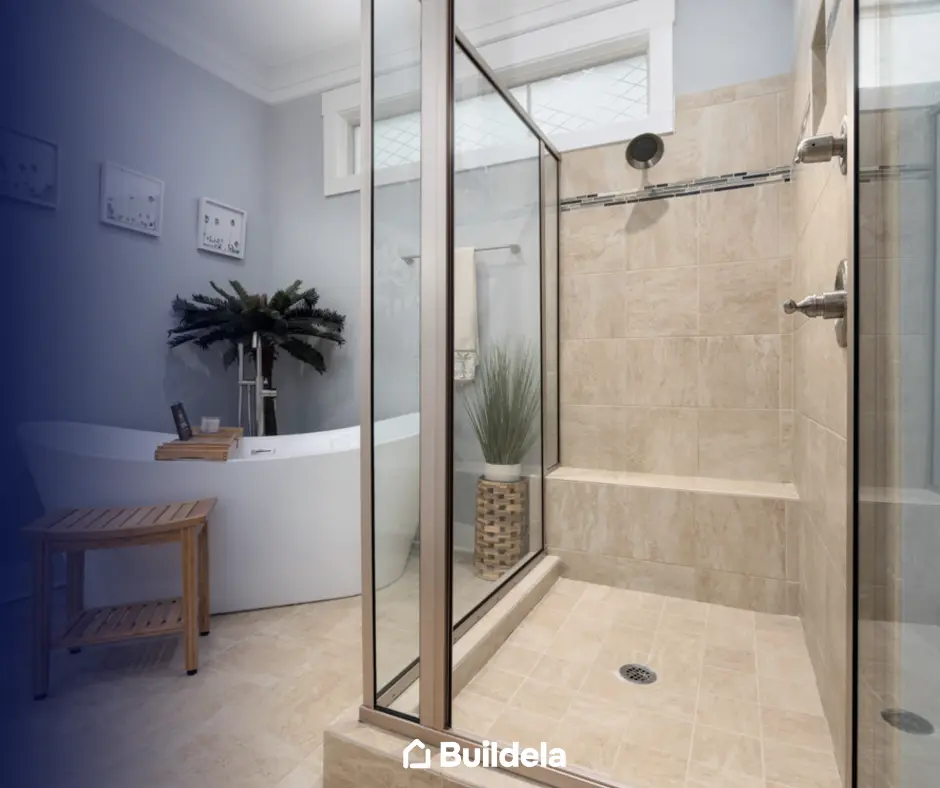
The home improvement sector is undergoing a significant transformation as sustainability becomes a growing priority for both consumers and businesses. With increased awareness of environmental impact, more homeowners are seeking eco-friendly options when it comes to renovating, repairing, and upgrading their properties. As a result, home improvement retailers and service providers are adapting to meet the demand for sustainable products and practices. In this blog, we’ll explore the key trends in sustainability and what you need to know to stay ahead in the market.

Why Sustainability Matters in Home Improvement
Consumers today are more environmentally conscious than ever, and their purchasing decisions reflect this. For businesses in the home improvement sector, offering sustainable products and services is not only a responsible choice but also a smart business move. By aligning with the values of eco-conscious consumers, you can attract a growing customer base and differentiate your brand in a competitive market.
1. Growing Consumer Demand for Green Solutions
Homeowners are actively seeking sustainable materials, energy-efficient appliances, and eco-friendly building practices. This shift in consumer preferences is driving the demand for products like solar panels, insulation made from recycled materials, and water-saving fixtures.
2. Regulatory Pressures and Incentives
Governments in both the UK and US are implementing stricter regulations and offering incentives to encourage sustainability. From energy efficiency standards to grants for eco-friendly home improvements, these policies are pushing the industry to adopt greener practices.
Key Sustainable Trends in the Home Improvement Sector
To keep up with the growing focus on sustainability, businesses in the home improvement industry need to be aware of the latest trends. By integrating these trends into your offerings, you can ensure your brand stays relevant and appealing to eco-conscious consumers.
1. Energy-Efficient Upgrades
Energy-efficient products, such as double-glazed windows, LED lighting, and smart thermostats, are becoming increasingly popular. These upgrades not only reduce energy consumption but also help homeowners save on utility bills, making them a highly attractive option for sustainability-focused buyers.
2. Use of Recycled and Natural Materials
There is a growing emphasis on using recycled, reclaimed, or natural materials in home improvement projects. Products like bamboo flooring, recycled glass countertops, and sustainable timber are gaining traction as eco-friendly alternatives to traditional materials.
3. Water Conservation Solutions
With water scarcity becoming a major global issue, water-saving solutions are gaining importance. From low-flow taps and showerheads to rainwater harvesting systems, offering these products can position your business as a leader in sustainable home improvement solutions.

How to Position Your Business for Sustainability
For businesses in the home improvement sector, embracing sustainability is not just about offering green products - it's about incorporating eco-friendly practices into every aspect of your operations. From sourcing materials responsibly to educating customers on the benefits of sustainable living, here’s how you can position your brand as a leader in sustainability.
1. Source Responsibly
Choose suppliers and manufacturers who are committed to sustainability. This includes using sustainable raw materials, reducing waste in the production process, and prioritising ethical labour practices. By partnering with eco-conscious suppliers, you can offer your customers a range of truly sustainable options.
2. Promote Your Green Credentials
Let your customers know about your commitment to sustainability through marketing campaigns, product labelling, and certifications. Highlight eco-friendly products and make it easy for consumers to understand the environmental benefits of choosing your services or products.
3. Educate and Engage Consumers
Consumers are looking for guidance on how to make their homes more sustainable. Offer advice, tips, and product recommendations that help them reduce their carbon footprint. Engaging your customers through educational content can build loyalty and position your business as a thought leader in the sustainability space.
Conclusion: Sustainability Is the Future of Home Improvement
As sustainability continues to shape the future of the home improvement sector, businesses that embrace eco-friendly practices will thrive. By offering sustainable products, promoting energy efficiency, and adopting responsible sourcing, you can position your brand at the forefront of the industry. Stay ahead of the competition by making sustainability a core part of your business strategy, and appeal to the growing number of consumers who prioritise eco-friendly living.
Powered by Froala Editor